Archives of Organ Transplantation
An economic analysis of productivity in organ transplantation in Brazil just before and after the COVID-19 pandemic
Alexandre Marinho*
Cite this as
Marinho A (2023) An economic analysis of productivity in organ transplantation in Brazil just before and after the COVID-19 pandemic. Arch Organ Transplant 8(1): 001-007. DOI: 10.17352/2640-7973.000021Copyright
© 2023 Marinho A. This is an open-access article distributed under the terms of the Creative Commons Attribution License, which permits unrestricted use, distribution, and reproduction in any medium, provided the original author and source are credited.We evaluate the productivity of the Brazilian states and the Federal District in transforming potential organ donors into actual donations in the years immediately before and after the COVID-19 pandemic (2019-2022). The Brazilian National Health System (SUS) which is one of the largest public transplant systems in the world, provides full coverage of all costs involved in organ donation, transplants, and post-transplant. We applied Ordinary Least Squares Regression in data from 2019-2022 and the results indicate that there is significant room for improvement in terms of converting potential donors into actual donors. The number of donors with organs transplanted decreased during the pandemic as the productivity of the transplant was affected, although it seems that the structure of the Brazilian transplant system and its technology were not significantly affected permanently.
Introduction
Brazil has one of the most extensive public transplant programs in the world, and the Brazilian National Transplantation System (Sistema Nacional de Transplantes - SNT) provides full coverage of all costs involved in organ donation, transplants, and post-transplant [1]. This country carried out 137,387 transplants in 2022 [2]. Despite the relevance of the subject and the shortage of organs for transplants, transplantation process productivity assessments are still uncommon in Brazil and all over the world [3].
SNT faces great challenges since the mean waiting times are very long, the shortage of organs is permanent and a great backlog of patients has been observed. In absolute numbers, Brazil holds the fourth largest kidney and third liver transplant programs in the world [2]. It is disturbing to realize that the number of potential donors is systematically above the number of transplants performed but, on the other hand, in 2022 there were 33,742 people on the waiting list for a transplant in Brazil [2]. These figures are clear demonstrations of the existence of a lack of productivity in the Brazilian SNT.
A significant problem in Brazil is the discrepancy between the number of potential donors and the number of transplants performed. To address the issue of evaluating productivity in carrying out the organ donation-transplantation process in the SNT, we chose to work with data from the years 2019-2022. The year 2019 was chosen because it was the year immediately before the COVID-19 pandemic, which brought serious disruption to transplantation activities in Brazil [4,5]. The year 2022 is the most recent year with available data after the end of the pandemic. Apparently, the SNT has recovered from the damage caused by the COVID-19 pandemic, and there are no significant differences in terms of capacity to transform potential donors into effective donors before and after the pandemic, but this recovery capacity has not yet been reflected in the overall performance of the SNT.
The remainder of this paper is organized as follows. The next section makes a brief digression on the econometric approach for evaluating the donation-transplant process. The third section presents our empirical results. Then we discuss and compare our results with other studies that evaluate the impact of the COVID-19 pandemic on organ transplants in other countries. In the last section, we offer some suggestions for further research and some concluding remarks.
Methods
The economic model
The process of transforming organs available from living donors or cadavers into organs transplanted into recipients is complex and hard to describe in economic terms. This process is made up of multiple steps. For an economic description of this process see Marinho and Araujo [3]. The economic approach assumes that it would be desirable to produce as many transplants as possible from available organs. This assumption, conditioned by the complexity of the donation-transplant process, leads us to work within a framework that considers the search for improved productivity.
As we said above, we do not know a production function that represents the organ transplant process well. But it is possible to represent this process in a very general way.
Let us assume n inputs and m outputs. The vector of n inputs is x={x1,....., xn}∈Rn+ and the vector of m outputs is y={y1,....., ym}∈Rm+. The technology set Ψ is the set of combinations of inputs and outputs such that the inputs can actually produce the outputs: Ψ ={(x, y)| x can produce y}. We rely on a few usual textbook assumptions: all production requires the use of some positive input quantities; free disposability of inputs and outputs; and some nature of returns to scale.
The empirical strategy and data collection
Our basic procedure is to run Ordinary Least Square Regressions (OLS) where the number of deceased that effectively donates organs is assigned as a dependent variable that is explained by the number of brain death notifications. However, there are important heterogeneities in the sample as we will see in the data so the assumption of the existence of a linear relationship between the regressor and the dependent variable does not seem reasonable. To face the problem of nonlinearity we also performed a log-log regression model that converts the original data into a series of multiplicative terms, expressed on a logarithmic scale. This allows for better results when dealing with data featuring non-linear relationships between input and output variables. Furthermore, as there are large heterogeneities in the sample, the application of a log-log model helps to reduce possible effects of heteroskedasticity [6]. Additionally, we executed a quadratic regression which is a regression used to find the equation of the parabola that best fits a sample. A quadratic equation regression displays a U-shape curve that is either concave down or concave up.
It is important to clarify that a donor can donate several organs and tissues (heart, cornea, sclera, liver, intestine, bones, pancreas, skin, lung, kidney, etc.), which means that an effective donor can generate several transplantable grafts. Then, we register each potential donor as an input unit and each effective donor as an output unit, in each Federation Unit in the years 2019-2022. As in Marinho e Araujo [3] our approach – of evaluating the transformation of potential donors into effective donors who had organs transplanted – is different from an alternative that involves evaluating the total number of transplants performed. With this option, we avoid the problem of also having to investigate the capacity for final use (transplantation) of the different organs and tissues of each donor. This comprehensive task is a multifactorial problem, given that each organ and tissue has its own characteristics. In short, in this paper, each cadaver that has had an organ transplanted will be an output unit, whatever the number of transplants of the different organs it generated.
It is worth noting that a notification of brain death, which is a necessary (but not sufficient) condition for transplants in Brazil [3], may not become an effective donor for several reasons: family refusal, transportation problems, lack of an adequate receptor in a timely manner (most organs only last a few days), problems with organ extraction and maintenance, medical contraindication, etc. [3,7]. Morais, et al. [8] point out that the ratio between potential and actual donations in Brazil was only 35.5%, mainly due to medical contraindications. According to the ABTO [9], the main causes of losses are family refusal, medical contraindication, cardiac arrest, and unconfirmed brain death.
Data were collected from official documents - the Brazilian Transplantation Registry of the Brazilian Organ Transplant Association (ABTO), (available at https://site.abto.org.br/conteudo/rbt/). The data were analyzed using the free software environment R (R Development Core Team R) [10] A language and environment for statistical computing. R Foundation for Statistical Computing) Version 4.2.2. The data and the relevant summary statistics are presented in Table 1.
The variable TX represents the number of deceased who effectively donate organs after a brain death is notified and the variable NOTIF represents the number of brain death notifications in both years under analysis.
Results
The transplant activities in Brazil may be subject to regional and state-size heterogeneities as can be seen in Table 1. The large differences in the number of transplants and notifications of brain deaths between the states are reflected in the summary statistics presented in the final rows of Table 1. These discrepancies reflect the large socioeconomic differences between the states in the most developed regions of the country (South and Southeast regions – mainly the State of São Paulo) and poorer regions (Northern and Northeastern regions), which is reflected in the ability to detect brain deaths, preserve corpses and perform transplants. This is all despite the fact that the Brazilian National Transplant System is part of the Brazilian public health system, the Unified Health System (SUS), which is a reference among public health systems in the world.
It should be noted that the aforementioned differences between the states and regions of the country do not show a significant downward trend in the period studied. For example, the Coefficient of Variation (CV) of donors with organs transplanted (TX) went from 1.30 in 2019 to 1.32 in 2022. The total number of notifications increased from 11,395 to 13,195, that is, approximately 16 %, but in the opposite direction, the number of donors with organs transplanted decreased from 3,211 to 2,905 a drop of 9.5 % which indicates a loss of productivity in the system that may have been caused by the COVID-19 pandemic [1,4,5]. The productivity in the transformation of donors into transplants, which can be measured by the TX/NOTIF ratio, fell from 28.2% in 2019 to 22.1% in 2022.
Figures 1,2 below show that brain death (NOTIF) and Transplants (TX) are highly correlated in the years 2019 and 2022, respectively. However, as we said above, the use of just a simple linear OLS regression model, although apparently attractive is not advisable due to our presumption of the existence of variable returns to scale. That is the reason why we also performed two log-log regression models (displayed in Figures 3,4 below) and two quadratic regression models which appear in Tables 2,3 for the years 2019 and 2022, respectively. A p-value less than 0.05 was considered statistically significant. All the relevant regressors with the exception of NOTIF^2 in 2022 were statistically significant in all models in both years of study.
Table 2 below shows the results for the log-log models (among the other models that we performed). In these log-log models, we use the logarithms of the variables of interest instead of their original values. It is well known that this transformation allows us to calculate the elasticities in econometric models [6]. Elasticity is an economic measure of how sensitive one economic variable is to changes in another. If a variable changes more than proportionally when another increases or decreases the relationship between them is said to be elastic. Otherwise, the relationship is said to be inelastic. More specifically, in our case, a 1% increase in the notification rate (NOTIF) would imply an increase of 1.4% in donors with organs transplanted (TX) in the year 2019 and an increase of almost 1.5% in the year 2022. In summary, the increase in the amounts of donors with organs transplanted is approximately 40% to 50% greater than the increase in the number of notifications, which allows us to conclude that efforts to increase the notification rate may be highly rewarding. This conclusion indicates that there is room to expand the number of transplants with quantitative results in donors with organs transplanted proportionally greater than the augmentation in the number of notifications. Obviously, in strictly economic terms, the costs of increasing notifications should be compared with the value of added transplants, but this is an exercise that has not yet been carried out in Brazil.
Tables 2,3 below also show that in our quadratic models, the variable NOTIF^2 presents coefficients with negative and statistically significant signs, indicating the presence of convexity and decreasing returns to scale only in 2019, that is, before the pandemic increases in transplant production less than proportional to the increase in notifications. However, as the NOTIF^2 parameter ceased to be statistically significant from 2020 onwards, this effect could no longer be observed in subsequent years, which means that the presence of decreasing returns to scale ceased to exist in the sample.
When comparing the two regressions in the year immediately before the pandemic (2019) and the year immediately after (2022) we see that the elasticity increased slightly, from 1.40 in 2019 to 1.49 in 2022 but, on the other hand, the quadratic term (NOTIF^2) which was negative and statistically significant in 2019 is no longer significant in 2020-2022. However, as we saw productivity measured by the ratio (TX/NOTIF) fell from 28.18% to 22.02% in the period. Therefore, we cannot rule out the hypothesis that the capacity to transform actual donors into potential donors after the pandemic is not very different from what was achieved before it.
We can observe that notifications fell from 11,695 to 10,639 (a drop of 9.0%) between 2019 and 2020, while donors who originated transplants fell from 3,211 to 2,789 (a drop of 13.1%). In 2021, notifications rose to 12,215, surpassing the performance of 2019 (pre-pandemic) but transplants rose to just 2,695, still below the pre-pandemic year. In 2022 we observed notifications reached 13,195 but only 2,905 transplants were performed.
In Figure 5 below, we see that productivity (TX/NOTIF) fell from 28.2% in 2019 to 22.1% in 2022. At the end of 2022, the Brazilian transplant system had not yet fully recovered from the impacts of the COVID-19 pandemic.
In Figures 6-9 and Table 3 below, we can see that the pandemic, which peaked in the years 2020 and 2021, did not significantly affect the ability – or the technology - to transform potential donors into effective donors in the Brazilian transplant system. The parameters of the econometric models did not undergo major changes, remaining statistically significant and with few quantitative variations. Apparently, the drop in performance was caused by various restrictions imposed by the pandemic on the healthcare system, as we will discuss in the following section [11,12].
Discussion
Brazil carried out 137,387 transplants in the year 2022. Despite this, 33,742 people were on the waiting list for organ and tissue transplants in the country at the end of 2022, with waiting times lasting years, depending on the case. One of the main obstacles to carrying out transplants and reducing this backlog is the loss of transplantable organs, that is, the failure to carry out transplants in organs available from cadaver donors.
The literature reports that the COVID-19 pandemic caused negative impacts on transplantation activities and there was an increase in the number of people on transplant waiting lists around the world [1,13,14]. Brazil was also negatively affected [1,4,5,10,15].
Aubert, et al. [13] compared transplant activities in 2020 from the date of the 100th reported cumulative COVID-19 case to Dec 31, 2020 (or the end of follow-up, whichever was earlier) to the same period of time in 2019 and reported an overall decrease of 11,253 (–15·92%) organ transplants across 22 countries. Brazil stopped carrying out 2,174 transplants, or 19.3% of this total, which means that Brazil had the highest percentage loss among the countries studied, in a list of losses that includes the most developed countries that carry out the majority of transplants in the world, such as the Japan (-1,413 transplants), France (-1,410 transplants), USA (-1,370 transplants), UK (-1,298 transplants), Italy (-525 transplants), Germany (-328 transplants), among others. Aubert, et al. [13] also reported; “…a decrease in organ transplantation concomitant with the incidence of deaths in Norway, Germany, Canada, Portugal, The Netherlands, Austria, Hungary, Croatia, Brazil, France, the UK, Spain, Greece, and Finland”.
The reduction in social and economic activities during the pandemic was one of the main factors for the decrease in organ donations in Brazil. According to Ribeiro Jr, et al. [11] and Roza and Mendes [12] the reduction in the number of donors who died due to traumatic brain injury was associated with the decreased number of individuals on the streets and, consequently, with a decreased number of accidents and trauma types. In addition, in Brazil and several other countries, a large part of ICU beds was directed to caring for seriously ill COVID patients to the detriment of transplants [1,11,12,15].
We know that the kidney is, by far, the most transplanted organ in the world. According to Ribeiro Jr [11] data reported in Italy, France, and the United States, show that the COVID-19 pandemic caused a significant decrease in the number of kidney transplants. The total number of kidney transplants significantly decreased from January to September 2020 (3,486 transplanted kidneys), in comparison to the same period in 2019 when 4,617 kidneys were transplanted. Medina-Pestana [5] cites the risk of transmission to patients and to healthcare professionals engaged in organ procurement as having perversive effects on kidney transplants in Brazil.
Our study is limited by the great disparity in the capacity to carry out transplants between Brazilian states, as seen in Table 1. As the sample is small each year (n = 26), it would not be possible to resort to stratification or the creation of clusters and still use linear regression models. Carrying out separate studies for each type of transplantable organ and tissue (kidney, liver, heart, lung, cornea, etc.) would be recommended but was not possible in the present text, given the size limitations of a study of this type. It is also recommended that longer-term monitoring be carried out with data after the pandemic to assess possible effects that have not yet been detected. Such effects include lessons that have not yet been fully explored, which did not manifest themselves immediately but which may be important in the future performance of the Brazilian National Transplantation System.
Conclusion
Apparently, Brazil recovered its capacity to transform potential donors into effective donors after the negative impact of the COVID-19 pandemic, but at the end of 2022, the country’s transplant activity had not yet returned to the levels observed in 2019.
The present work is an effort to demonstrate that, in the presence of non-decreasing returns to scale and an elastic donation-transplant process, there is space to leverage the use of donated organs and that this effort is worth it, even in a negative scenario such as the neo-coronavirus pandemic.
- Manoel MNF, Santos SP, Amado CAF. Assessing the impact of COVID-19 on the performance of organ transplant services using data envelopment analysis. Health Care Manag Sci. 2023 Jun;26(2):217-237. doi: 10.1007/s10729-023-09637-4. Epub 2023 Apr 26. PMID: 37099041; PMCID: PMC10130802.
- ABTO. Brazilian Association of Organ Transplantation. Brazilian Transplantation Registry. 2022; https://site.abto.org.br/wp-content/uploads/2023/03/rbt2022-naoassociado.pdf.
- Marinho A, Araújo CAS. Using data envelopment analysis and the bootstrap method to evaluate organ transplantation efficiency in Brazil. Health Care Manag Sci. 2021 Sep;24(3):569-581. doi: 10.1007/s10729-021-09552-6. Epub 2021 Mar 17. PMID: 33730290.
- Garcia VD, Pêgo-Fernandes PM. Organ transplantation and COVID-19. Sao Paulo Med J. 2021 Jul-Aug;139(4):301-304. doi: 10.1590/1516-3180.2021.139420052021. PMID: 34190892; PMCID: PMC9615585.
- Pestana JM. To transplant or not to transplant during a pandemic? J Bras Nefrol. 2023 Apr-Jun;45(2):142-143. doi: 10.1590/2175-8239-JBN-2023-E007en. PMID: 37015050; PMCID: PMC10627133.
- Maddala, K. Introduction to Econometrics. John Wiley & Sons Ltd., England, 3rd edition. 2001.
- Ferraz AS, Santos LG, Roza Bde A, Schirmer J, Knihs Nda S, Erbs JL. Integrative review: indicators of result process of organ donation and transplants. J Bras Nefrol. 2013 Jul-Sep;35(3):220-8. English, Portuguese. doi: 10.5935/0101-2800.20130035. PMID: 24100742.
- Morais M, Silva RCMA, Ramalho HJ; Silva RF, Abbud-Filho M. Are the Organ Procurement Organizations (OPO) effective? A seven-year activity analysis of a Brazilian OPO. Arq Ciênc Saúde. 2004; out-dez;11(4): 225-9.
- ABTO. Brazilian Association of Organ Transplants. Brazilian Transplantation Registry. Organ Transplantation in Brazil: 2012-2019, XXV(4). 2019.
- R Development Core Team R. A language and environment for statistical computing. R Foundation for Statistical Computing. http://www.R-project.org/. 2014.
- Ribeiro Junior MAF, Costa CTK, Néder PR, Aveiro IA, Elias YGB, Augusto SS. Impact of COVID-19 on the number of transplants performed in Brazil during the pandemic. Current situation. Rev Col Bras Cir. 2021 Sep 24;48:e20213042. doi: 10.1590/0100-6991e-20213042. PMID: 34586206; PMCID: PMC10683411.
- Roza BA, Mendes KDS. The Coronavirus Pandemic and the Impact on Donation and Transplantation in Brazil. Prog Transplant. 2020 Sep;30(3):292-293. doi: 10.1177/1526924820935413. Epub 2020 Jun 25. PMID: 32583734.
- Aubert O, Yoo D, Zielinski D, Cozzi E, Cardillo M, Dürr M, Domínguez-Gil B, Coll E, Da Silva MI, Sallinen V, Lemström K, Midtvedt K, Ulloa C, Immer F, Weissenbacher A, Vallant N, Basic-Jukic N, Tanabe K, Papatheodoridis G, Menoudakou G, Torres M, Soratti C, Hansen Krogh D, Lefaucheur C, Ferreira G, Silva HT Jr, Hartell D, Forsythe J, Mumford L, Reese PP, Kerbaul F, Jacquelinet C, Vogelaar S, Papalois V, Loupy A. COVID-19 pandemic and worldwide organ transplantation: a population-based study. Lancet Public Health. 2021 Oct;6(10):e709-e719. doi: 10.1016/S2468-2667(21)00200-0. Epub 2021 Aug 30. PMID: 34474014; PMCID: PMC8460176.
- Kute VB, Tullius SG, Rane H, Chauhan S, Mishra V, Meshram HS. Global Impact of the COVID-19 Pandemic on Solid Organ Transplant. Transplant Proc. 2022 Jul-Aug;54(6):1412-1416. doi: 10.1016/j.transproceed.2022.02.009. Epub 2022 Feb 10. PMID: 35337665; PMCID: PMC8828418.
- Fortunato AC, Pinheiro RS, Fernandes MR, Nacif LS, Arantes RM, Rocha-Santos V, Waisberg DR, De Martino RB, Ducatti L, Haddad LB, Song AT, Abdala E, Andraus W, Carneiro-D'Albuquerque LA. COVID-19 Pandemic Impact on Liver Donation in the Largest Brazilian Transplantation Center. Transplant Proc. 2022 Jun;54(5):1212-1214. doi: 10.1016/j.transproceed.2022.03.045. Epub 2022 Apr 21. PMID: 35811150; PMCID: PMC9021359.
Article Alerts
Subscribe to our articles alerts and stay tuned.
 This work is licensed under a Creative Commons Attribution 4.0 International License.
This work is licensed under a Creative Commons Attribution 4.0 International License.
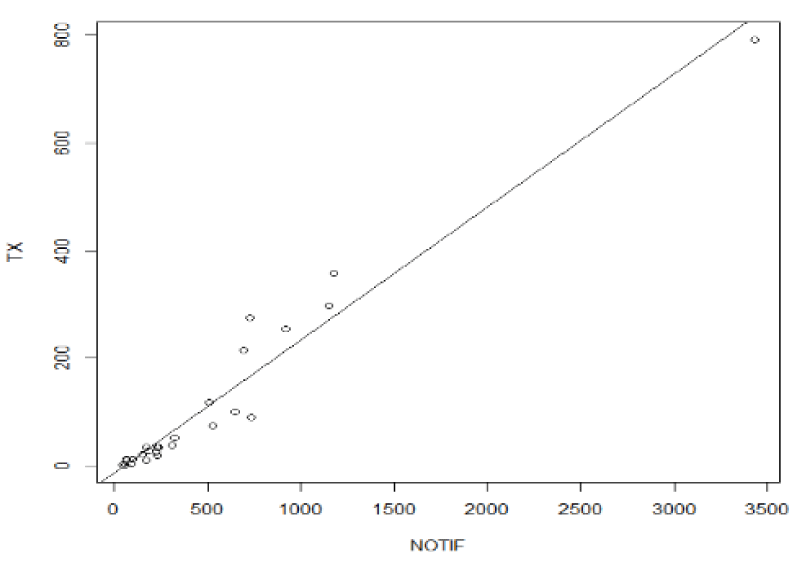
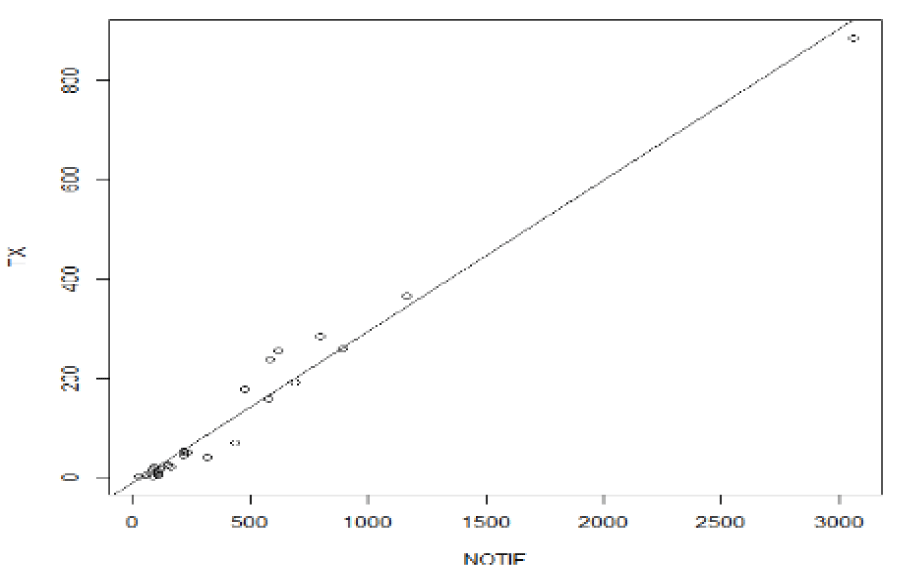
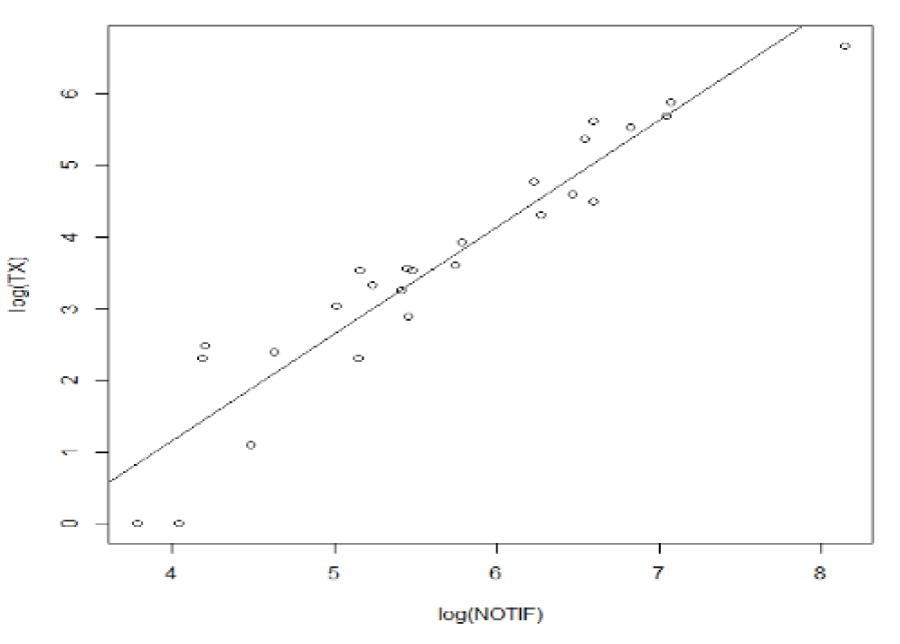
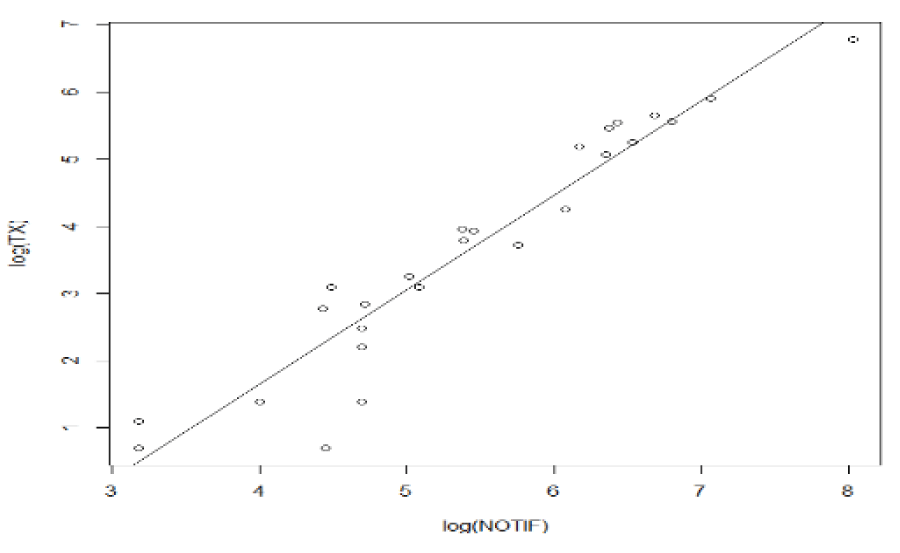
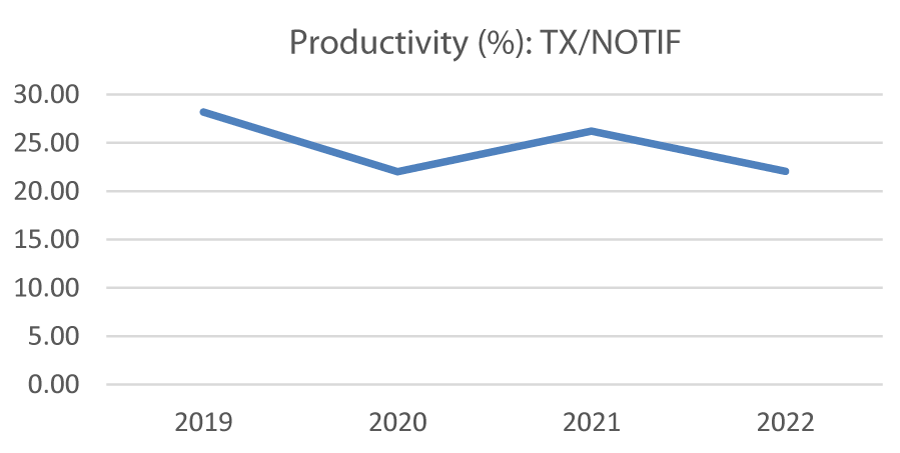
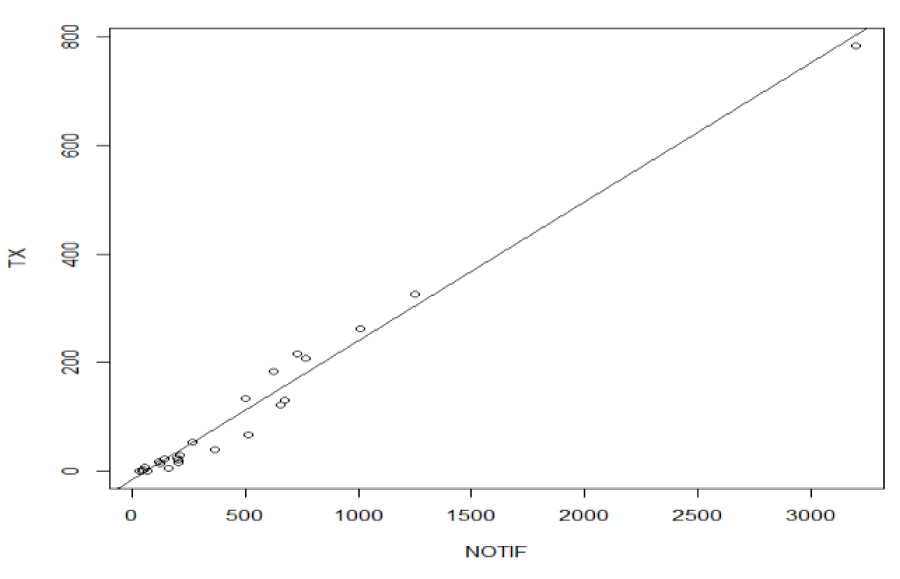
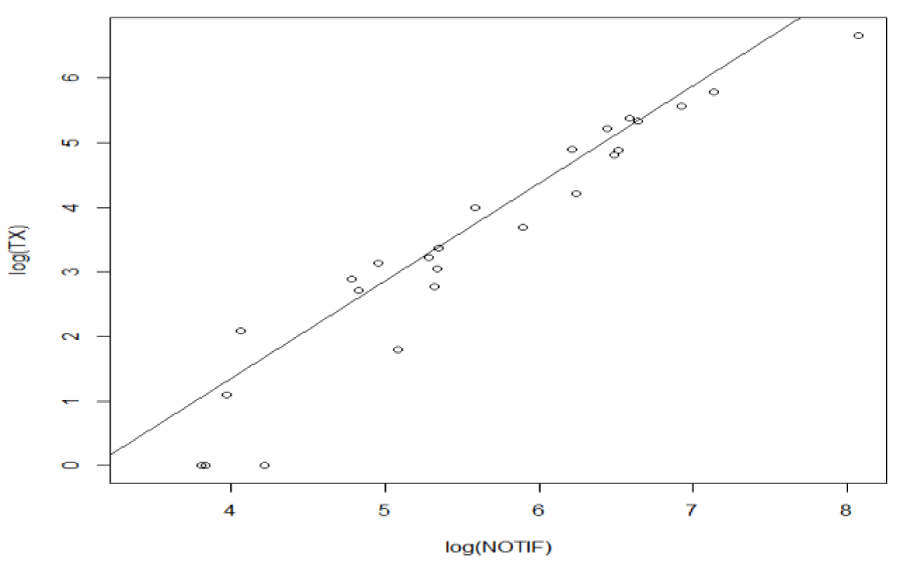
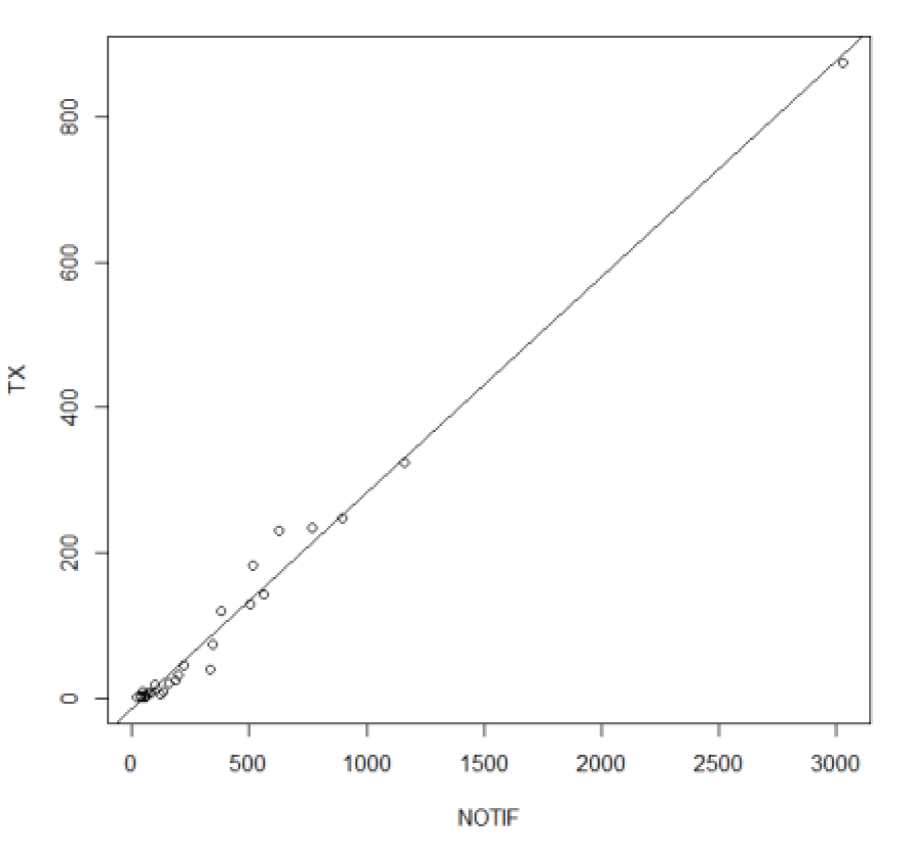
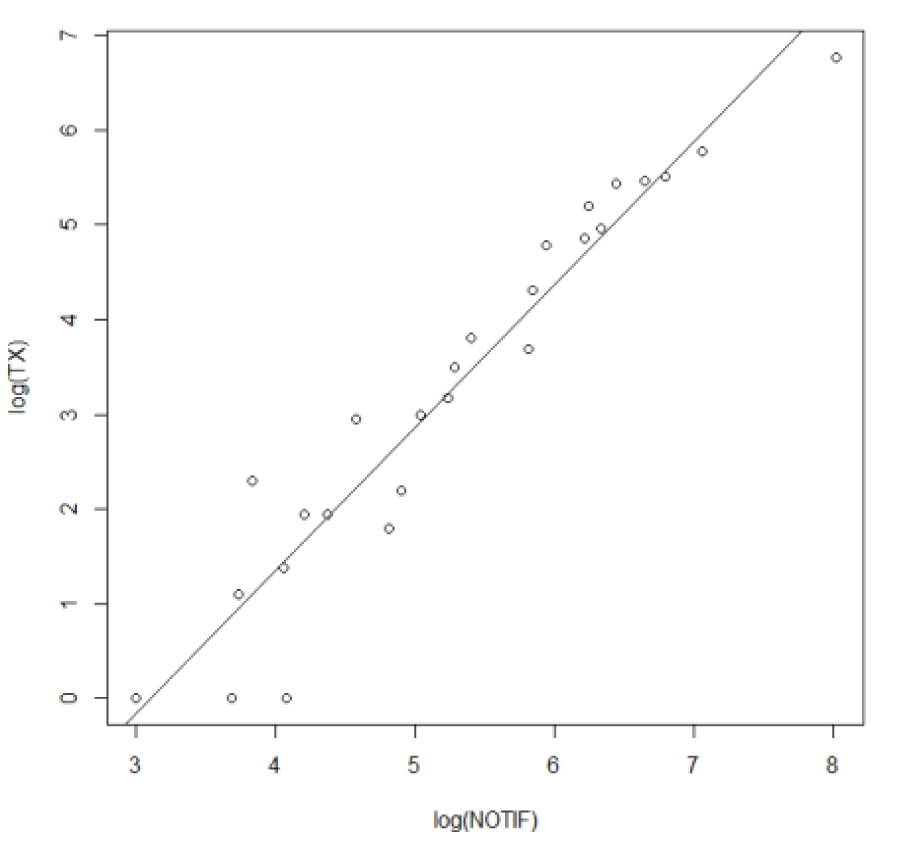

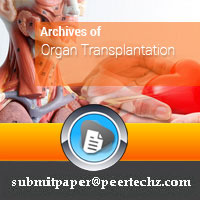
 Save to Mendeley
Save to Mendeley
